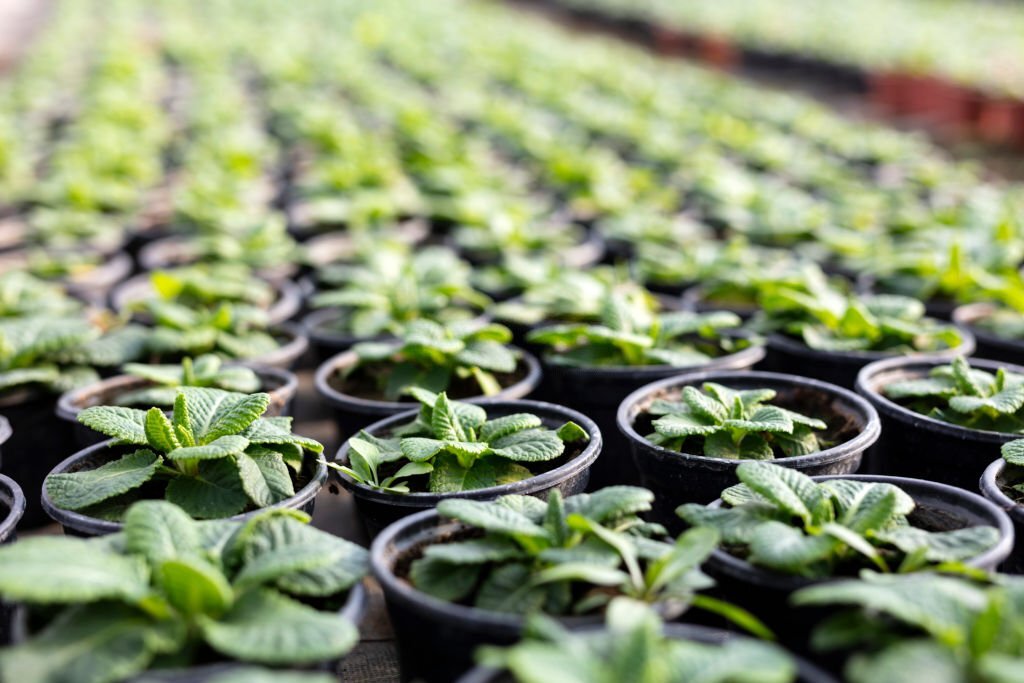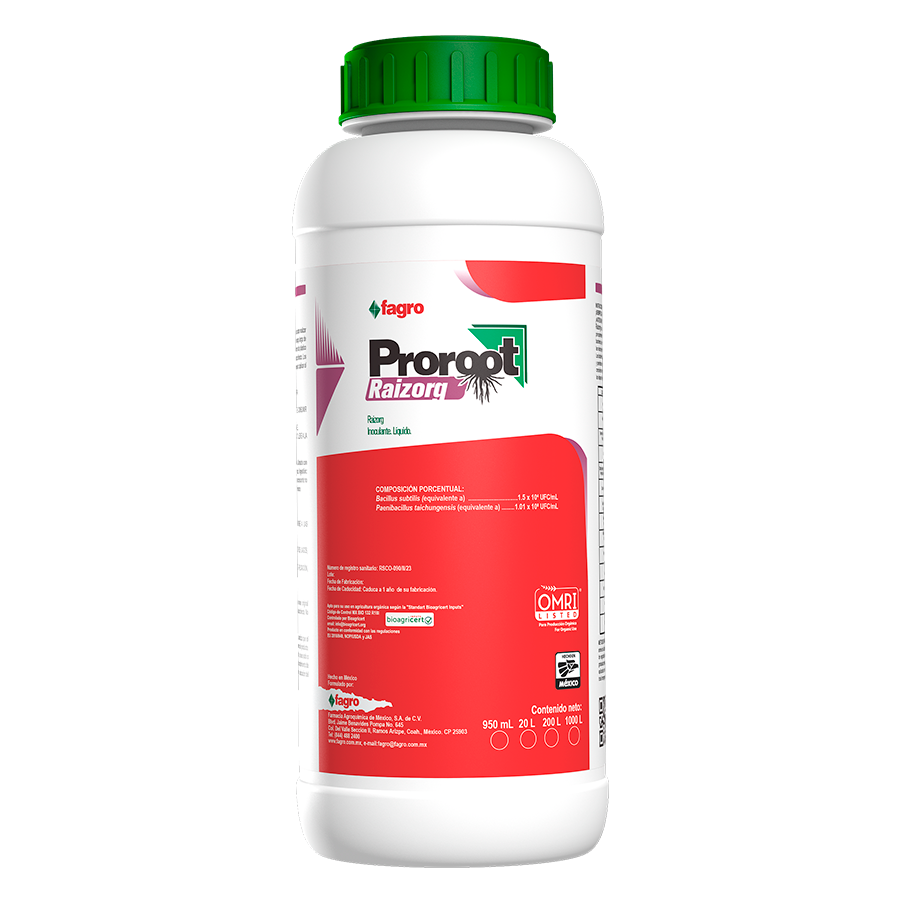Exploring the Potential of Bio-stimulants in Agriculture According to the European Union Regulation
Introduction: Agricultural bio-stimulants play a crucial role in improving plant nutrition processes, as defined by the European Union Regulation 2019/1009. These fertilizer products aim to stimulate plant growth and the rhizosphere independently of their nutrient content. Their goal is to enhance characteristics such as nutrient use efficiency, abiotic stress tolerance, quality traits, and the availability of nutrients in the soil and rhizosphere. While Mexico’s regulations regarding bio-stimulants are still limited, proposed modifications to the Official Mexican Standard NOM-077-FITO-2000 recognize the beneficial effects of these products.

Types of Bio-stimulants and Their Sources
In general, bio-stimulants are formulated using organic raw materials with varying nutrient concentrations to improve plant characteristics, crop production, and stress management. They can be classified into two categories: microbial and non-microbial.
- Microbial Bio-stimulants: These include nitrogen-fixing bacteria, phosphorus solubilizers, phytohormone producers, microalgae, and cyanobacteria. Examples of such microorganisms are Azospirillum, Azotobacter, Rhizobium, Bacillus, Paenibacillus, Pseudomonas, and Rhizophagus.
- Non-microbial Bio-stimulants: These encompass marine macroalgae such as Macrocystis, Laminaria, and Ascophillum; plant extracts containing phytohormones and organic matter; hydrolyzed animal and plant products (amino acids); humic and fulvic acids (carboxylic acids); and vitamins.
The Power of Microbial Bio-stimulants
Within microbial bio-stimulants, there are beneficial bacteria capable of producing biologically active substances like phytohormones, organic acids, and other metabolites that enhance nutrient uptake in the soil. These bacteria, such as phytohormone producers, stimulate root development and can colonize the rhizosphere. Some classifications for these bacteria include:
- BCA (Biological Control Agents or Biocontrol Agents)
- PGPR (Plant Growth-Promoting Rhizobacteria)
- PGPB (Plant Growth-Promoting Bacteria)
- AMFB (Arbuscular Mycorrhizal Fungi-Associated Bacteria)

Proroot Raizorg: A Microbial Bio-stimulant for Optimal Root Development
Proroot Raizorg is a bio-stimulant product formulated with beneficial bacteria like Paenibacillus taichungensis and Bacillus subtillis. Its main function is to naturally activate root development and protect against pathogenic bacteria. This microbial bio-stimulant is specifically designed to induce and stimulate optimal root growth, particularly secondary roots. Its formulation consists of a consortium of bacteria capable of nitrogen fixation and phosphorus solubilization, resulting in positive nutritional effects and enhanced plant growth. Proroot Raizorg is applied to the soil or through irrigation systems, regardless of the season or plant development stage.
Mode of Action: Once applied to the roots, the bacteria in Proroot Raizorg, classified as PGPB, establish themselves in the rhizosphere and absorb plant exudates rich in amino acids. They then transform these exudates into bioactive auxins like Indole-3-Acetic Acid, which stimulate rooting and promote optimal root development.
 AgronoBlog – Agriculture Blog
AgronoBlog – Agriculture Blog 